
Impact of prenatal stress in the brain: from rodents to humans
Early life adversity can have long lasting consequences for the individual, increasing the vulnerability to develop neuropsychiatric disorders later in life. Our team is interested in investigating how early life stress triggers structural, molecular and functional alterations in specific brain regions, using a combination of rodent and human data.
In particular, we are studying a model of prenatal exposure to synthetic glucocorticoids (sGC), that mimics the administration of these potent hormones to pregnant woman in risk of preterm labour to promote fetal maturation and reduce neonatal mortality and morbidity. However, preclinical evidence, including from our team, suggests that this treatment has deleterious effects in the developing brain, increasing the vulnerability to develop depressive and addictive behaviors later in life.
The integration of human (fMRI) and rodent functional data (in vivo electrophysiology, calcium imaging) will allow the identification of neuronal circuits that are altered at a functional level in individuals prenatally exposed to sGC, which can ultimately promote a more cautious usage of these hormones by clinicians during pregnancy.
Funding Agency
FCT
Project Reference
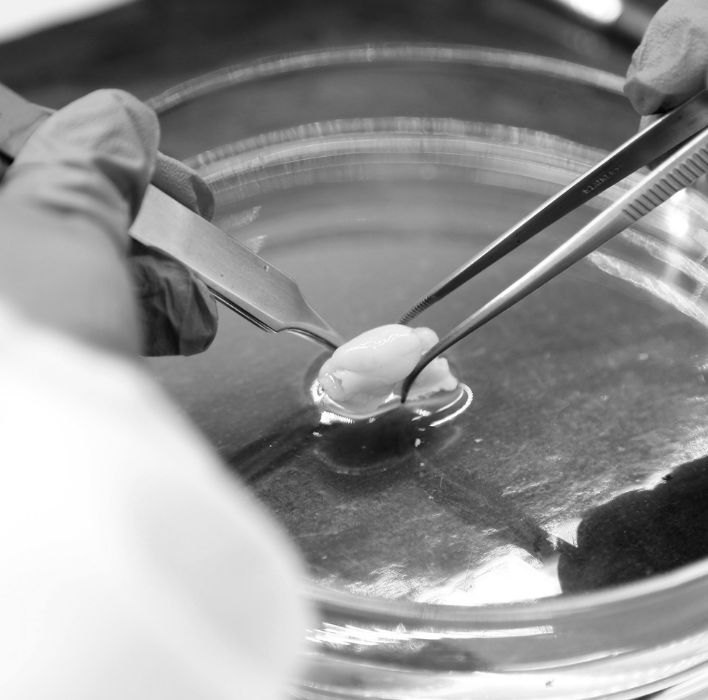
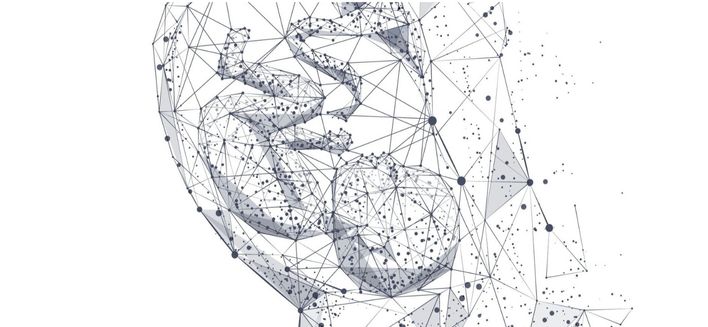

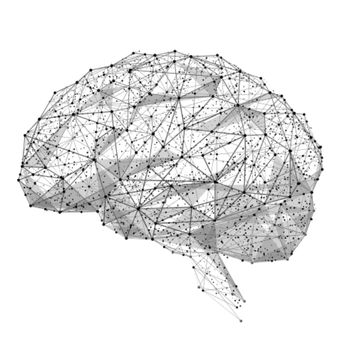
Project Members


Nuno Sousa

Bárbara Coimbra

Carina Soares-Cunha

Ana Verónica Domingues
Main Project Outcomes
S. Queirós, “Right ventricular segmentation in multi-view cardiac MRI using a unified U-net model”, in E. Puyol Antón et al. (eds) Statistical Atlases and Computational Models of the Heart. Multi-Disease, Multi-View, and Multi-Center Right Ventricular Segmentation in Cardiac MRI Challenge. STACOM 2021. Lecture Notes in Computer Science, vol 13131, pp. 287-295, Springer, Cham, 2022.
“Best Paper Award in the M&Ms-2 Challenge”, by M&Ms2 Challenge organizers and the Medical Image Computing and Computer Assisted Intervention (MICCAI) Society.
Main Project Outcomes
1. Gaspar R, (…) Rodrigues AJ*, Gomes CA*: Resilience to stress and sex-specific remodeling of microglia and neuronal morphology in a rat model of anxiety and anhedonia. Neurobiol Stress (2020) *shared senior authorship
2. Duarte J, Gaspar R, Caetano L, Patricio P, Soares-Cunha C, Mateus-Pinheiro A, Alves D, Santos AR, Ferreira SG, Sardinha V, Oliveira F, Fontes-Ribeiro C, Sousa N, Cunha RA, AMbrósio A, Pinto L, Rodrigues AJ*, Gomes C*. “Region-specific control of microglia by adenosine A2A receptors: uncoupling anxiety and associated cognitive deficits in female rats”. Glia (2018) *shared senior authorship
3. Soares-Cunha C, Coimbra B, Borges S, Domingues AV, Silva D, Sousa N, Rodrigues AJ. “Mild prenatal stress causes emotional and brain structural modifications in rats of both sexes.” Frontiers in Behav Neurosc (2018)
4. Mustonen P, Karlsson L, Scheinin N, Kortesluoma S, Coimbra B, Rodrigues AJ, Karlsson H. “Hair cortisol concentration (HCC) as a measure for prenatal psychological distress — A systematic review”. Psychoneuroendocrinology (2018)
5. Coimbra B, Soares-Cunha C, Borges S, Vasconcelos N, Sousa N, Rodrigues AJ. “Impairments in laterodorsal tegmentum to VTA projections underlie glucocorticoid-triggered reward deficits”. eLife (2017)
6. Caetano L, Pinheiro H, Patrício P, Mateus-Pinheiro A, Alves ND, Henriques SN, Baptista FI, Cunha C, Santos AR, Ferreira SG, Sardinha VM, Oliveira JF, Ambrósio A F, Sousa N, Cunha RA, Rodrigues AJ, Pinto L, Gomes CA. “Adenosine A2A receptor regulation of microglia morphologic remodelling – gender bias in physiology and in a model of chronic anxiety”. Mol Psychiatry (2016)
7. Soares-Cunha C, Coimbra B, Borges S, Carvalho MM, Rodrigues AJ, Sousa N. “The motivational drive to natural rewards is modulated by prenatal glucocorticoid exposure”. Translational Psychiatry (2014)
8. Borges S, Coimbra B, Cunha C, Ventura.Silva AP, Pinto L, Carvalho MM, Pego JM, Rodrigues AJ, Sousa N. “Glucocorticoid programming of the mesopontine cholinergic system”. Frontiers in Endocrinology (2013).
9. Borges S, Coimbra B, Cunha C, Pego JM, Sousa N, Rodrigues AJ. “Dopaminergic modulation of emotional and social deficits induced by prenatal glucocorticoid exposure”. Neuropsycopharmacology (2013).
10. Rodrigues AJ, Leão P, Pêgo JM, Cardona D, Carvalho MM, Oliveira M, Costa BM, Carvalho AF, Morgado P, Araújo D, Palha JA, Almeida OFX, Sousa N. “Mechanisms of initiation and reversal of drug-seeking behavior induced by prenatal exposure to glucocorticoids”. Mol. Psychiatry (2012)

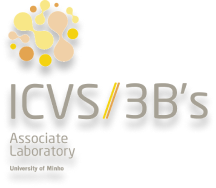
Contact us
Phone: +351 253 604 967
Fax: +351 253 604 809
Email: icvs.sec@med.uminho.pt
Address
Life and Health Sciences
Research Institute (ICVS)
School of Medicine,
University of Minho,
Campus de Gualtar
4710-057 Braga
Portugal

Copyright ©2022 ICVS. All Rights Reserved



Copyright ©2022 ICVS. All Rights Reserved
Address
Life and Health Sciences
Research Institute (ICVS)
School of Medicine,
University of Minho,
Campus de Gualtar
4710-057 Braga
Portugal



Copyright ©2022 ICVS. All Rights Reserved
Address
Life and Health Sciences
Research Institute (ICVS)
School of Medicine,
University of Minho,
Campus de Gualtar
4710-057 Braga
Portugal

